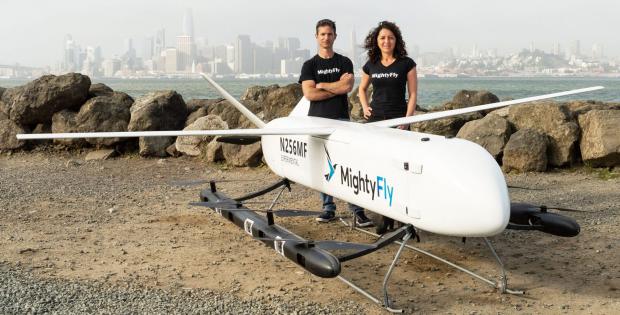
Breaking News
 US NAVY USELESS: China Activates "Land Route" to Drain Russian Silver
US NAVY USELESS: China Activates "Land Route" to Drain Russian Silver
 Lego's next-gen bricks make your creations interactive
Lego's next-gen bricks make your creations interactive
 Perhaps We Should Actually Be Focusing On Fixing America
Perhaps We Should Actually Be Focusing On Fixing America
Top Tech News
 The First Production All-Solid-State Battery Is Here, And It Promises 5-Minute Charging
The First Production All-Solid-State Battery Is Here, And It Promises 5-Minute Charging
 See inside the tech-topia cities billionaires are betting big on developing...
See inside the tech-topia cities billionaires are betting big on developing...
 Storage doesn't get much cheaper than this
Storage doesn't get much cheaper than this
 Laser weapons go mobile on US Army small vehicles
Laser weapons go mobile on US Army small vehicles
 EngineAI T800: Born to Disrupt! #EngineAI #robotics #newtechnology #newproduct
EngineAI T800: Born to Disrupt! #EngineAI #robotics #newtechnology #newproduct
 This Silicon Anode Breakthrough Could Mark A Turning Point For EV Batteries [Update]
This Silicon Anode Breakthrough Could Mark A Turning Point For EV Batteries [Update]
 Travel gadget promises to dry and iron your clothes – totally hands-free
Travel gadget promises to dry and iron your clothes – totally hands-free
 Perfect Aircrete, Kitchen Ingredients.
Perfect Aircrete, Kitchen Ingredients.
 Futuristic pixel-raising display lets you feel what's onscreen
Futuristic pixel-raising display lets you feel what's onscreen
 Cutting-Edge Facility Generates Pure Water and Hydrogen Fuel from Seawater for Mere Pennies
Cutting-Edge Facility Generates Pure Water and Hydrogen Fuel from Seawater for Mere Pennies
MightyFly's new autonomous cargo drone carries 100 lb for 600 miles

Bay Area company MightyFly is working with the FAA to expand its long-range flight authorization.
The Cento uses a large carbon-fiber airframe, weighing 355 lb (161 kg) when fully loaded up with a 100-lb (45-kg) payload. It's a simple lift and cruise design, using eight lift props mounted on propulsion pods that look a bit like landing skids, as well as a pusher prop on the back for efficient cruise flight, supported on high-mounted wings. As well as completely negating traffic, it covers distance at a max speed of 150 mph (240 km/h), making it much faster than road transport.
The key to its monster 600-mile (1,000-km) range is of course a long-endurance hybrid powertrain; all the propulsion is electric, but a combustion engine burns hydrocarbon fuel to keep the battery topped up during flight.
Its 13.1 ft by 16.7 ft (4 m by 5 m) footprint, says MightyFly, is smaller than two compact cars, so once it's in commercial operation, anyone that can rope off a couple of parking spaces, or another flat area that size, can accept deliveries or book pickups. Indeed, you don't even need to open the thing up; it'll deploy an autonomous conveyor belt from its cargo bay, so you can pick things up and drop them off very easily.
It's been in flight testing since December, says MightyFly. The FAA has granted the company a Special Airworthiness Certificate allowing flight testing, but not the ability to carry cargo in commercial operations at this stage. It's also granted a Certificate of Authorization that gives MightyFly a 230-sq-mi (596-sq-km) airspace and a 5,000-foot (1,500-m) altitude ceiling for testing the transition from hover to cruise. The company hopes it'll soon be able to demonstrate a 600-mile mission carrying a full 100 lb of cargo, which it says is an unprecedented feat.

 Not Worth a Continental
Not Worth a Continental

